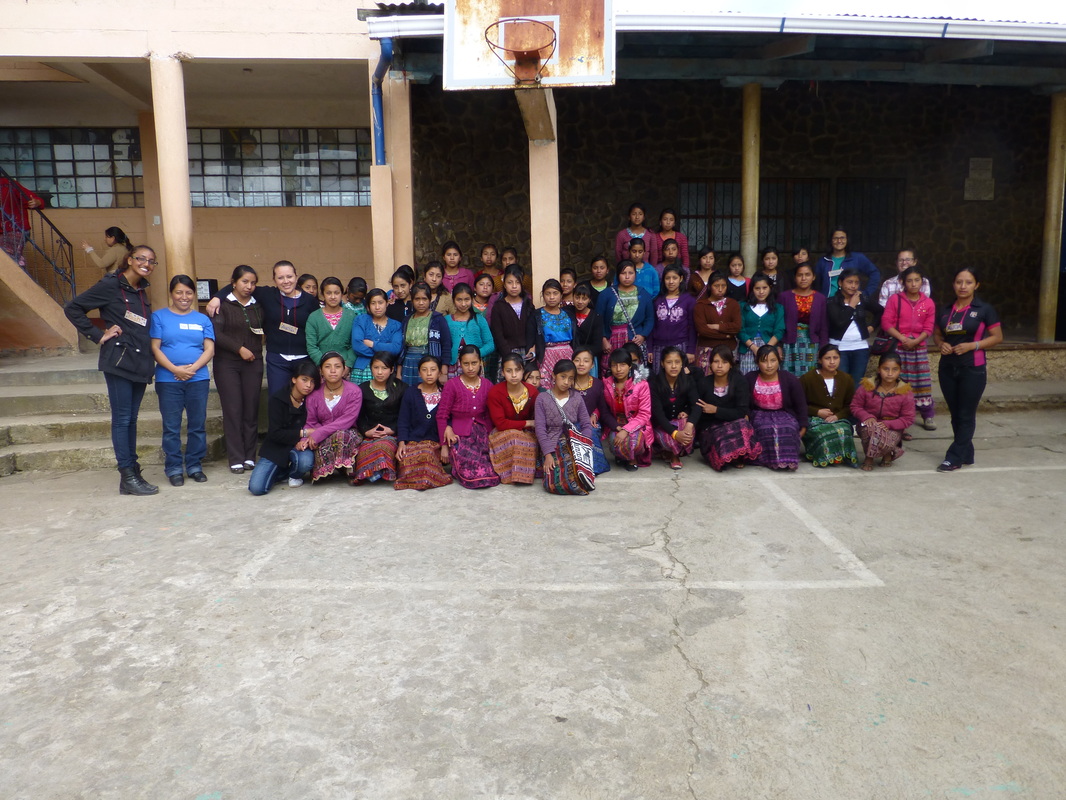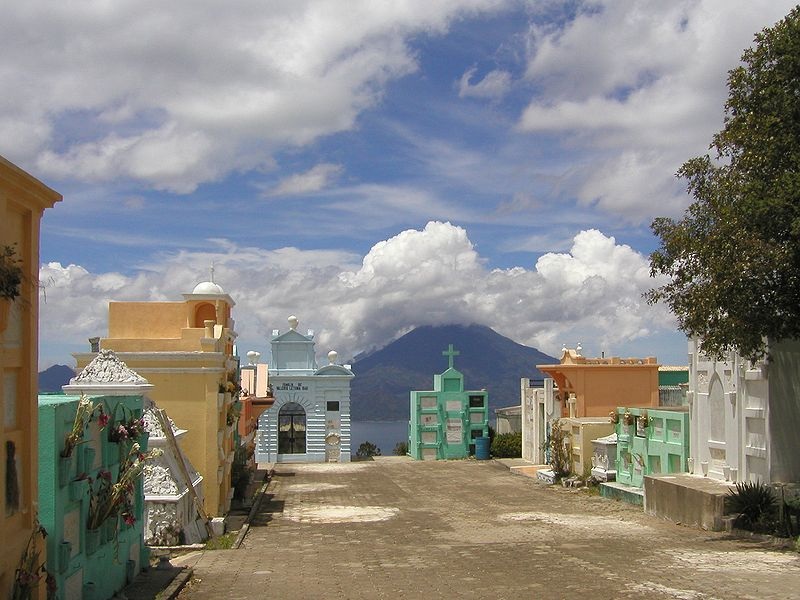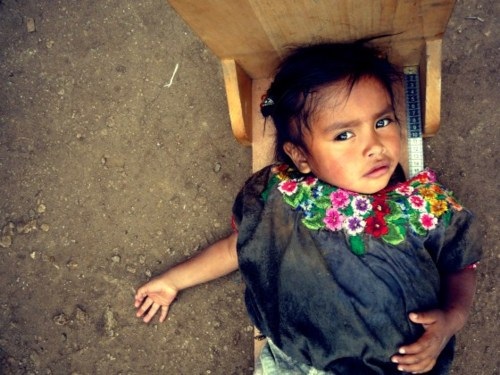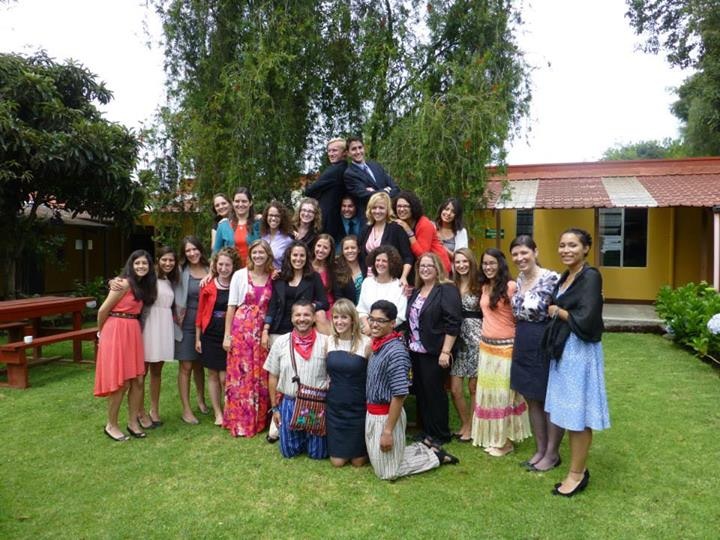I've been so depressing lately.
I'm sorry.
So now I'm gonna talk about something completely cool and totally exciting that I did this week.
My site-ish mate (she's in the municipal head which is about an hour away by bus. She's not the closest volunteer to me but because she works in my municipality we work together) secured us funding and got the personnel together (and did basically EVERYTHING) so a group of 4 of us volunteers could host a GLOW camp in my town.
What's a GLOW camp? It stands for Girls Leading Our World (awfully cheesy. I know. It's rivaled by its partner the BRO Camp--Brothers Reaching Out), and it's the Peace Corps' staple girls' empowerment camp.
We did a 4-day half day camp. I think next time I would love to make it longer during the day and more days, but this was amazing.
The first day the girls were impossibly quiet. We couldn't get them to participate in any silent games let alone speak up and voice their opinions.
4 days, a self esteem taller, arts and crafts, and about a thousand dinamicas (aka theatre games aka my specialty) later, we could not get the girls to stop talking at the end of the day today. Admittedly they still moved in packs for games that required them to make decisions with their feet (Is this statement true or false and move to that side of the room, e.g.), but they were so, so much more confident, smiley, and chatty than they were on the first day.
A couple of my favorite things that happened in the whole camp happened today. One of the activities we did was tape a piece of paper on each girl's back and have everyone else write compliments on the papers of the others.
We also did a diploma ceremony at the end. Complete with Pomp and Circumstance and a slideshow of all the photos from the week. This may seem extremely simple, but we had all the girls laughing and some were brought to tears as they were handed their diplomas.
It just reminded me that in the world I live in, more formal graduations--high school, college etc. were always celebrated but almost expected. Here, simply to have your accomplishments recognized and your opinions respected can be a beautifully, unprecedented moment in the life of a young girl.
Enjoy some photos.
I'm sorry.
So now I'm gonna talk about something completely cool and totally exciting that I did this week.
My site-ish mate (she's in the municipal head which is about an hour away by bus. She's not the closest volunteer to me but because she works in my municipality we work together) secured us funding and got the personnel together (and did basically EVERYTHING) so a group of 4 of us volunteers could host a GLOW camp in my town.
What's a GLOW camp? It stands for Girls Leading Our World (awfully cheesy. I know. It's rivaled by its partner the BRO Camp--Brothers Reaching Out), and it's the Peace Corps' staple girls' empowerment camp.
We did a 4-day half day camp. I think next time I would love to make it longer during the day and more days, but this was amazing.
The first day the girls were impossibly quiet. We couldn't get them to participate in any silent games let alone speak up and voice their opinions.
4 days, a self esteem taller, arts and crafts, and about a thousand dinamicas (aka theatre games aka my specialty) later, we could not get the girls to stop talking at the end of the day today. Admittedly they still moved in packs for games that required them to make decisions with their feet (Is this statement true or false and move to that side of the room, e.g.), but they were so, so much more confident, smiley, and chatty than they were on the first day.
A couple of my favorite things that happened in the whole camp happened today. One of the activities we did was tape a piece of paper on each girl's back and have everyone else write compliments on the papers of the others.
We also did a diploma ceremony at the end. Complete with Pomp and Circumstance and a slideshow of all the photos from the week. This may seem extremely simple, but we had all the girls laughing and some were brought to tears as they were handed their diplomas.
It just reminded me that in the world I live in, more formal graduations--high school, college etc. were always celebrated but almost expected. Here, simply to have your accomplishments recognized and your opinions respected can be a beautifully, unprecedented moment in the life of a young girl.
Enjoy some photos.




 RSS Feed
RSS Feed